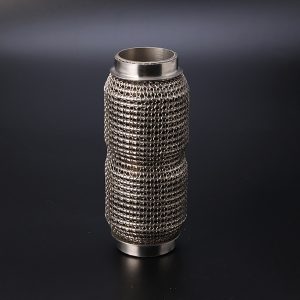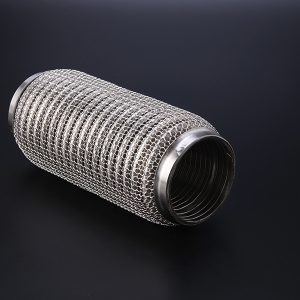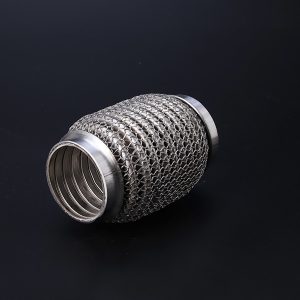


Flexible exhaust pipes, also known as exhaust flex pipes, play a crucial role in the functioning of a car’s exhaust system. Despite their importance, they often go unnoticed and unappreciated. In this article, we will explore the importance of exhaust flex pipes and how they contribute to the overall performance of a car’s exhaust system.
Firstly, it is important to understand what an exhaust flex pipe is and what it does. An exhaust flex pipe is a flexible section of pipe that connects the exhaust manifold to the rest of the exhaust system. It is designed to absorb vibrations and movement from the engine and exhaust system, while also allowing for some flexibility in the exhaust system.
Without a flexible exhaust pipe, the rigid exhaust system would be prone to cracking and breaking due to the constant movement and vibrations of the engine. The flex pipe helps to prevent this from happening by absorbing these vibrations and movement, which can prolong the life of the exhaust system.
In addition to absorbing vibrations, the exhaust flex pipe also helps to reduce noise. The flexibility of the pipe allows for some movement, which can help to reduce the resonance and noise produced by the exhaust system. This is especially important for high-performance cars, where noise reduction is crucial.
Another important function of the exhaust flex pipe is to improve the overall performance of the exhaust system. By allowing some flexibility in the system, the flex pipe can help to improve the flow of exhaust gases, which can lead to better performance and fuel efficiency.
Overall, the exhaust flex pipe is an unsung hero of a car’s exhaust system. It plays a crucial role in absorbing vibrations, reducing noise, and improving performance. So next time you start your car and hear the engine purr, take a moment to appreciate the humble flex pipe that is quietly doing its job in the background.

